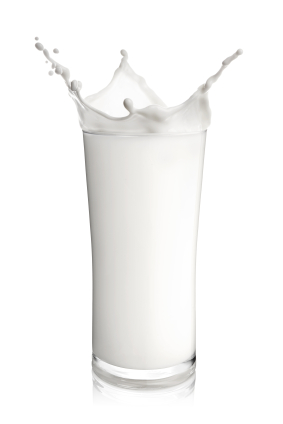There has been great media coverageabout a new releasefrom the AAP, the “Expert Panel on Integrated Guidelines for Cardiovascular Health and Risk Reduction in Children and Adolescents: Summary Report.” Wow, that’s a long title.
The report is HUGE, almost 50 pages. Its goal is to provide guidance for health care providers in their efforts to prevent heart disease. From the first day of life through adolescence, science is showing us the way towards heathy-heart choices. This paper gives us the most specific guidelines to date.
Although the media focused on reporting the new universal recommendation to have all kids screened for cholesterol by the age of 11 years, it is my feeling the real essence of the report is to simply suggest lifestyle habits of a heart-healthy child. Some examples include:
- Knowing your family’s heart health history, and discussing it with your child’s pediatrician.
- Checking blood pressure in all children by at least the age of 3 years.
- Avoiding tobacco smoke for the health of the whole family.
- Getting sweaty from an hour of exercise every day.
- Breastfeeding, if you are able.
- Offering and eating a balanced diet, high in plant-based food.
- Offering and eating some fiber.
- Limiting juice and other sweetened beverages.
- Knowing your BMI.
- Keeping screen-time to less than 2 hours, for kids over the age of 2 years.
- Keeping TVs out of kids’ bedrooms.
These are all excellent, heart-healthy tips. But, for most of my families, this is not necessarily new information.
While reading the report, however, one point caught my eye:
Between the ages of 1 and 2 years, as children transition from breast milk or formula, reduced-fat milk (ranging from 2% to fat-free milk) can be used on the basis of the child’s growth, appetite, intake of other nutrient-dense foods, intake of other sources of fat, and risk for obesity and cardiovascular disease. Pg S8.
Hold the phone.... What about transitioning to whole milk at 1 year?
Actually, offering low-fat milk to toddlers is not a new recommendation. In fact, the AAP recommended a change to the “whole milk at 1 year” guideline in July of 2008, suggesting that low-fat milk may be equally appropriate for kids age 12-24 months who are at-risk for obesity and heart disease. This current report, however, repeats this suggestion based on the continued efforts to combat cardiovascular disease.
For some reason, this change has slipped under the radar. Most parents look at me like I have 3 eyeballs when I discuss low-fat milk at the 1-year birthday. More often than not, the mom or dad is simply bummed to get rid of the milk from the fridge. (They really like the taste of whole milk in their coffee every morning.)
Milk is simply a very common and easily accessible source of fat, calcium, and vitamin D. For families who are afforded access to a variety of healthy foods, those 3 nutrients are commonly found in sources other than whole milk. Most of my patient families do not suffer from the consequences of poor food availability and high food prices. Most of them are very educated about healthy food choices and balanced diets.
So, based upon how a child is growing, maybe it’s time to leave the whole milk on the shelf.
Bottom line: After the age of 1 year, milk is no longer a source of ultimate nutrition. It is simply a convenient beverage. Shouldn’t it also be held to the low-fat standards that we recommend for the other drinks we offer toddlers?
What do you think? Ready to give up the whole milk? Talk to your pediatrician if this seems like an option for you and your family. And, discuss when your child should get a cholesterol test. Promoting healthy heart habits can mean great things for the lifelong health of our kids.

